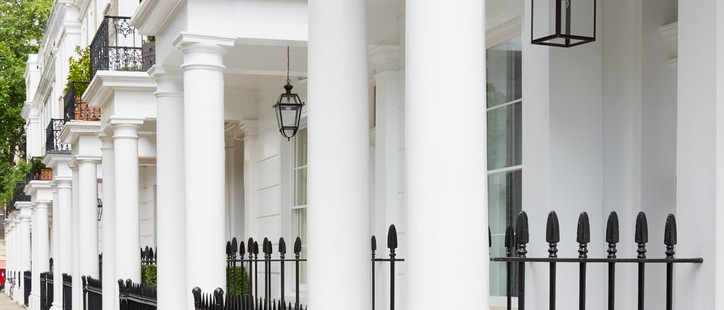Our Opinion: 2017
London’s luxury property market is suffering

There is a problem in London’s high-end market – people just aren’t as keen on luxury property as they were a year ago.
New figures confirm that 2016 was not a good year. Prices for prime properties fell 5.8%, despite the weaker pound, which was expected to inspire overseas investment in London property. The number of sales was down 21% in the most expensive areas of the capital, including Kensington and Westminster.
In the new-build market, sales fell to their lowest levels since 2012.
The Malaysian consortium behind the redevelopment of Battersea Power Station had planned to build more than 3,800 apartments on the site. But after selling 1,460 flats, weak demand for luxury London property has forced it to consider changing one million square feet t of the remaining space into offices.
There is a number of factors behind the fall. Last April, on top of the 3% stamp-duty surcharge imposed on the purchase of second homes, the government introduced a 15% stamp- duty tax on properties bought via “non- natural persons”, such as offshore trusts. Policymakers are keen to discourage people from buying property in this way, as it allows buyers to remain anonymous and avoid certain UK taxes.
Subdued demand may also be due to greater restrictions on “investor visas” – permits that grant residency to wealthy foreigners who invest a certain amount of money in the UK. In 2014, the government doubled the minimum investment to £2m and bought in new money-laundering checks. The number of people granted investor visas in 2016 was down 80% from the 2014 peak, which seems to have affected property sales, says Jack Sidders on Bloomberg – the percentage of houses in prime central London that were bought by international buyers dropped to 41% in the three months to December, down from 60% in the previous quarter, according to figures from Hamptons International.
So the government’s plan to discourage wealthy foreigners from buying up London’s luxury property appears to be working, helped along by post- referendum uncertainty. But so far there is not much sign of falling prices spreading to the “less luxury” parts of the market. Within inner prime London, the “up and coming” areas of Marylebone, Fitzrovia and Soho saw price increases of almost 20%, according to the property fund LCP – London Central Portfolio.
22nd March 2017
